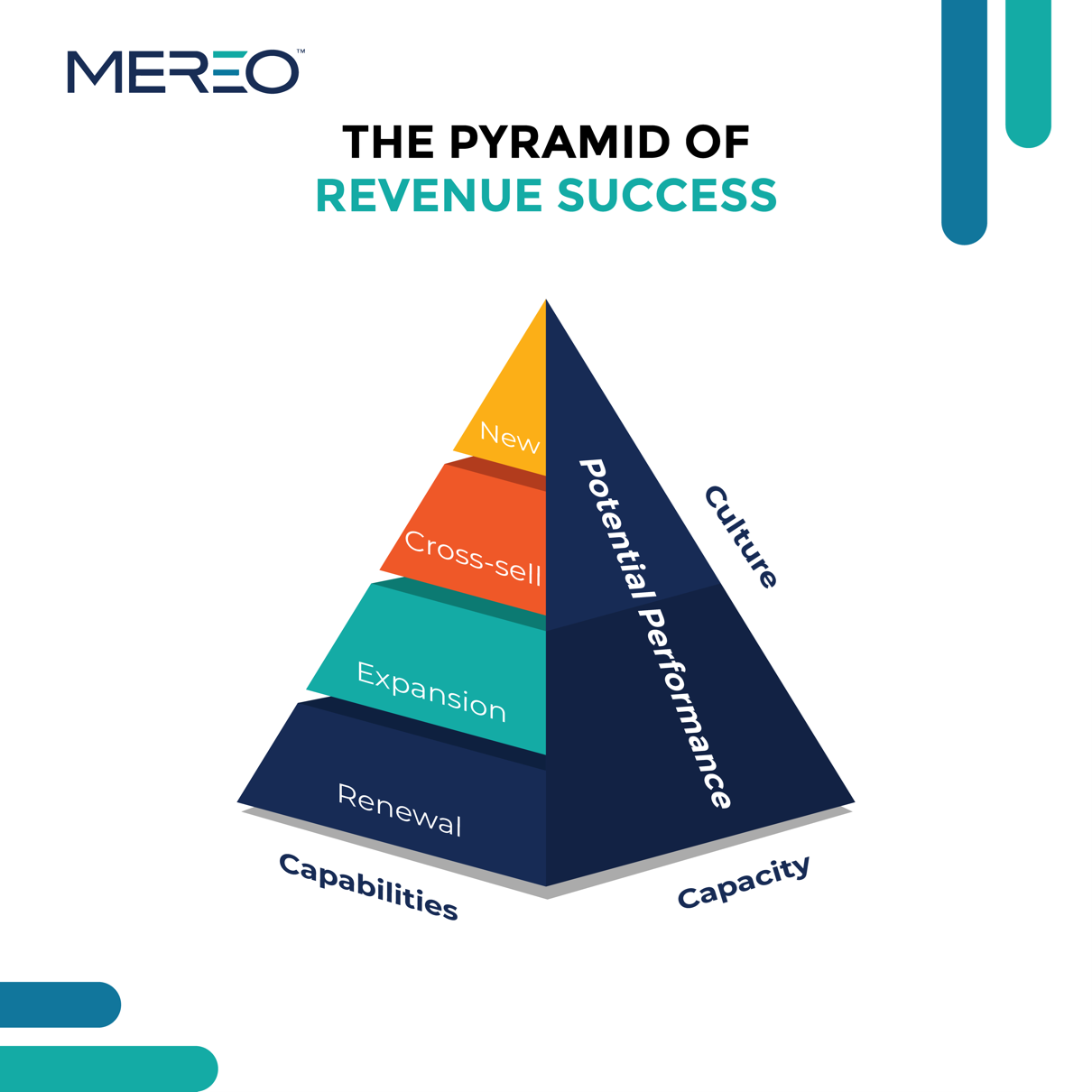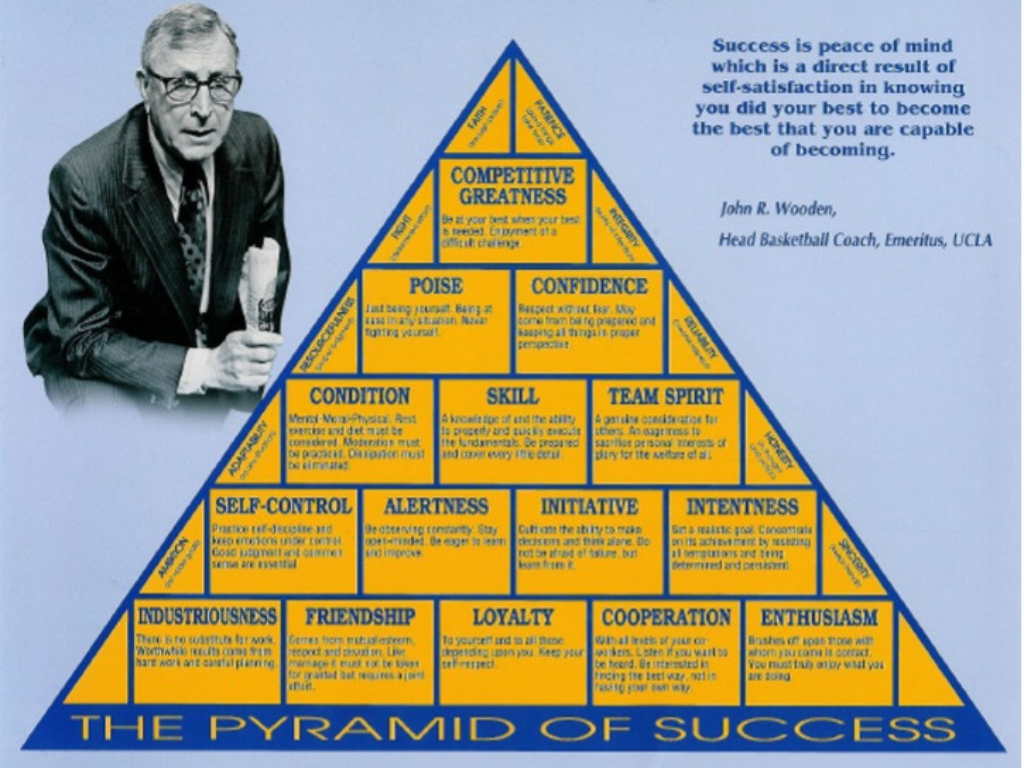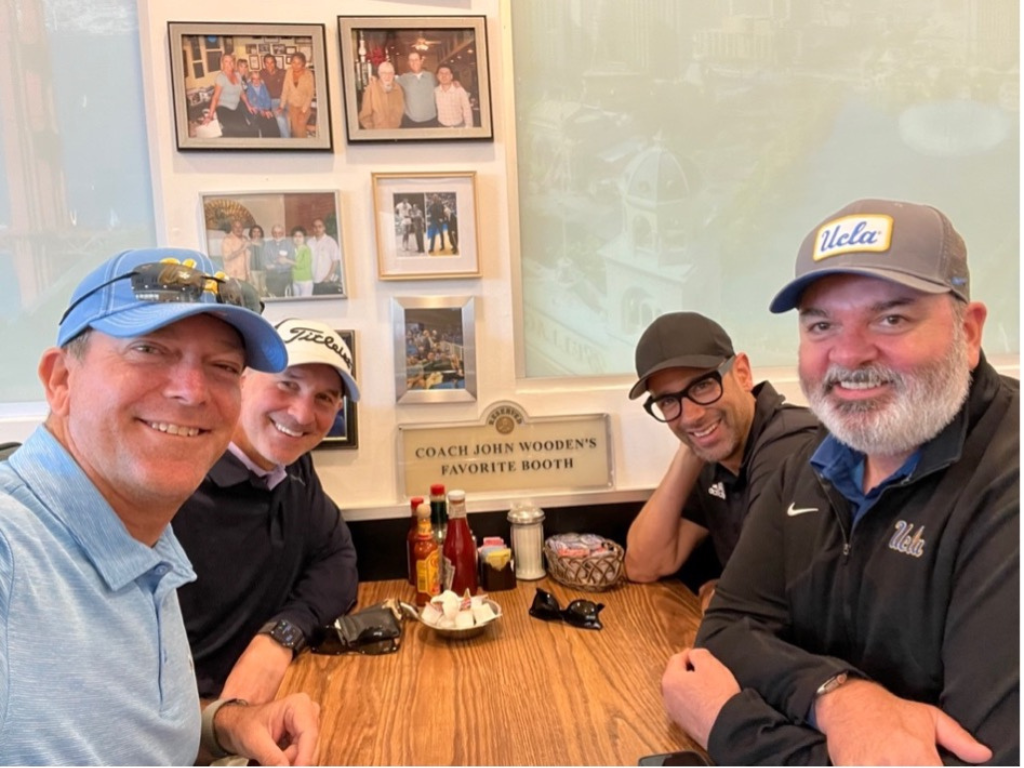“Success is peace of mind which is a direct result of self-satisfaction in knowing you did your best to become the best that you are capable of becoming.” — Coach John Wooden, UCLA Basketball
These famous words work for sports, but how can they apply to revenue targets with Wall Street or your board of directors? Let’s be serious: Revenue is objective. We either hit the number or we did not — every day, week, month and quarter. Cold numbers leave no mystery to who won. And with uncertain markets, the majority of SaaS companies struggle to sustain growth rates and keep winning.
But winning is the result, not the process. Coach Wooden’s players have been telling us for decades that it was their preparation that earned them seven straight Division 1 NCAA championships, including 88 consecutive victories. Their preparation set the new standards of consistent excellence at UCLA. Preparation is why inside UCLA’s Pauley Pavilion they hang only championship banners across all sports.
UCLA national championship trophies display at the Morgan Center. Image courtesy of Mark Piening
The preparation formula conceived by the “Wizard of Westwood” included 15 building blocks and 10 mortar, to make up the 25 elements of “The Pyramid of Success.” He used this pyramid to uncover the standard of reaching a player’s full potential, which he shared in his own words.
John R. Wooden™ owned and licensed by John Wooden Legacy LLC, c/o Luminary Group LLC
Coach Wooden designed this pyramid for his basketball teams, but its holistic and enduring principles apply to business too. Today’s B2B SaaS revenue teams achieve success not just because they “hit their number,” but because they were built on principles that nurtured excellence along the way.
Using decades of revenue growth experiences across dozens of clients, we have developed our own version of this pyramid to help you navigate toward sustainable revenue performance.
THE PYRAMID OF REVENUE SUCCESS
The Mereo Pyramid of Revenue Success embodies the core elements of Coach Wooden’s pyramid — but we have worked to make our pyramid’s foundations specific and applicable to B2B organizations. We focus on three foundational categories: culture, capability and capacity.
CULTURE
Most of the elements of the Pyramid set standards to focus on refining your personal character, which in turn shape your team’s culture. By setting the highest standards for each individual, you build a foundation of trust across the team. Trust is why you can throw the “no look pass.” Through process and practice your teammate will be in the right spot to catch — on the court and across your in-person and virtual offices.
Without trust, teams achieve poor results in crunch time. Business consultant and author Patrick Lencioni teaches in his triangle of the “Five Dysfunctions of Teams” that an “inattention to results” is rooted in the “absence of trust.” Without trust, culture wilts and we simply fail.
CAPABILITIES
Coach Wooden did not just create a brilliant, high-level concept of success — he taught the concepts to his recruits very intentionally and in sequence, to build their capabilities as individuals, layer by layer. It is why he started the first practice of every season teaching freshman how to tie their shoes correctly, to avoid blisters and the risk of missing practice. Details matter.
In business, you develop clear roles, responsibilities and enablement plans, so teams and individuals know the standards and can trust their teammates to deliver. Trust is what defines and reinforces the culture, but it depends on capabilities. Enablement includes the ever-evolving knowledge and skills required to reach buyers and help them on their decision journey, including strong process and tools to reinforce and reward the effort and results.
CAPACITY
In parallel, to build team capacity to perform, Coach Wooden recruited the talent he needed to complete the team. He knew the successful athlete profile was more than physical talent — he sought strong character that would stand-up to the pressure of competition to help build a winning team culture. The “ideal athlete profile” became something he could replicate to continue the success of the program over time.
As revenue teams evolve to embrace new buyer patterns and engagement channels, your capacity models need to shift too. But the core principles and math are the same, with adjustments for mix and productivity benchmarks suited to the stage of the business.
By bringing together culture, capability and capacity, your teams can build the potential to perform when it matters. As you invest in improving together through shared core principles, you can progress toward your organization’s full potential. Coach Wooden called this achieving “competitive greatness.”
THE FORMULA FOR REVENUE SUCCESS
To realize the full potential of your revenue teams, let’s turn to some good old-fashioned math. With apologies to Euclid and Coach Wooden, reaching your peak performance can best be described by a simple formula:
Volume = Base (x*y) * Height (z) * 1/3, or
f(P) = x(CP) * y(CY) * z(CL) *1/3
P = Performance, CP = Capabilities, CY = Capacity, CL = Culture

To optimize full corporate potential, you need to assess and baseline capabilities, capacity and culture. Then and only then can you objectively determine how well you are performing against your full potential toward achieving “competitive greatness” — the most complete definition of success.
SUSTAINABLE FULL POTENTIAL
Like individuals, a company’s ability to spike to peak performance for a moment shows us what we are capable of. But pushing to that limit for extended periods of time should not be the goal. Instead, consistent, strong performance is the goal in revenue performance.
But consistency comes at a cost. There are times to surge and times for rest. Instead of “red-lining” your team’s performance engine, know its limits and build a culture that aspires to get better, together. By building realistic goals as well as stretch plans, you can expand their belief in what they can achieve together through the culture. When they trust you to lead them, you expand the culture — which increases the size of the Pyramid.
Coach Wooden knew culture was the most important element of a successful program, just like he knew that breakfast was the most important meal of the day. It is precisely why friends, fans and folks could meet him at VIP’s Cafe in his twilight years, where he would generously share his wisdom if asked. If culture really does eat strategy for breakfast, then you could say Coach Wooden got breakfast right.
Mark Piening (front left) and UCLA Alumni at Coach Wooden’s favorite booth at VIP’s Café in Encino, CA.
DRIVE SUSTAINBLE REVENUE PERFORMANCE
Software companies care about driving revenue growth — ideally exceeding the SaaS Rule of 40. But when markets recede and the majority of SaaS companies struggle to sustain growth rates, the elixir to unlock consistent growth depends on the right mix of renewals, cross-sells, market expansion or new business.
We will continue to dissect the key elements to the Pyramid of Revenue Success to help you achieve sustainable performance. As we do so, we will explicitly explore each of the four selling motions: new, cross-sell, expansion and renewal. We will also dive into how pressure-testing team capacity and capabilities without sacrificing your culture unlocks new frontiers of overall revenue performance to reach corporate full potential. By following Mereo, you will also receive tools to help you test your company’s revenue performance and full potential.
Stay tuned for more insights and follow along on LinkedIn for other revenue growth topics. In the meantime, if you would like to explore how you can put the Pyramid of Revenue Success to work for your team, reach out and let’s talk.



